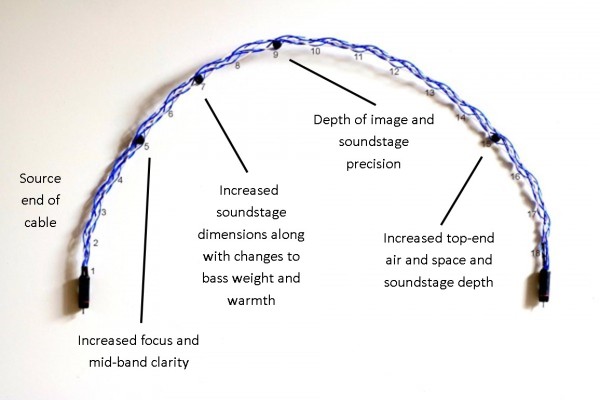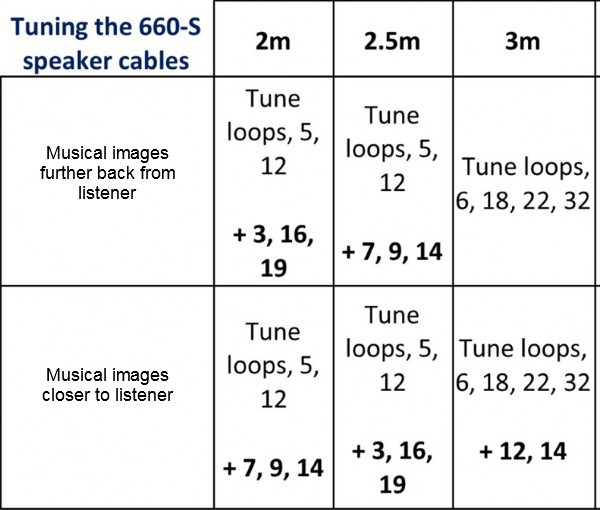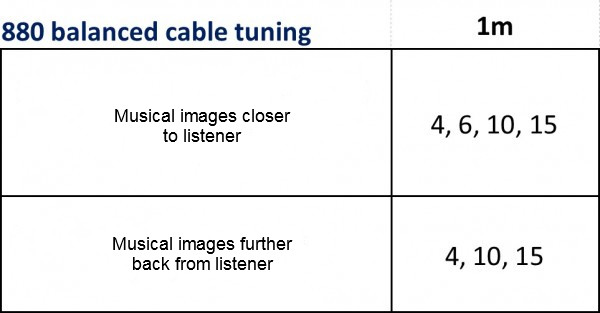Fine-tuning your HiFi system’s performance with the Experience range of audio cables
1st March 2020
“If you ‘Experience’ what a tunable cable can do in a system, there just might be no turning back.” Alan Sircom, Editor, HiFi+, July 2019
Your HiFi system’s performance depends on correctly matched cables. Without these it can fall short in areas such as:
- Mid-band clarity
- Soundstage size and precision
- Top-end air and bass weight and warmth
Tuning our cable’s electrical properties by inserting spacers in specific loops along its length, allows better component matching preventing a loss of this detail. Our cables are not acting as tone controls but allowing expression of detail that already exists within your HiFi components for example:
- Tuning loop 5 on our 1m interconnect can allow correct expression of your system’s mid-band detail
- Loop 7 releases a larger soundstage with greater bass weight and warmth
- Tuning around loop 15 can release more of your system’s top-end air and space

Experience680 and 880 hifi audio cable tuning

Try tuning each of the loops shown in the table below one at a time so you can hear how each loop brings out different aspects of your system’s performance.
You may then like to try your own combinations or those we have outlined below.

Spacers are inserted at specific loops along the cable with loop number one counted as the first wires from the plug at the source end of the cable:

Experience660-S loudspeaker cable tuning
Spacers are inserted into loops along the speaker cable. The loops are counted from the source (amplifier) end of the cable.
Try tuning each of the loops shown in the table below one at a time so you can hear how each loop brings out different aspects of your system’s performance.
You may then like to try your own combinations or those we have outlined below.


Experience880-Balanced tunable audio cable
The Experience880-Balanced cable is tuned using the same system as outlined above but with a slightly modified sequence of loops.
Try each of the loops as shown below individually before trying combinations.

The loops are counted from the source end of the cable as shown below:
.jpg)

